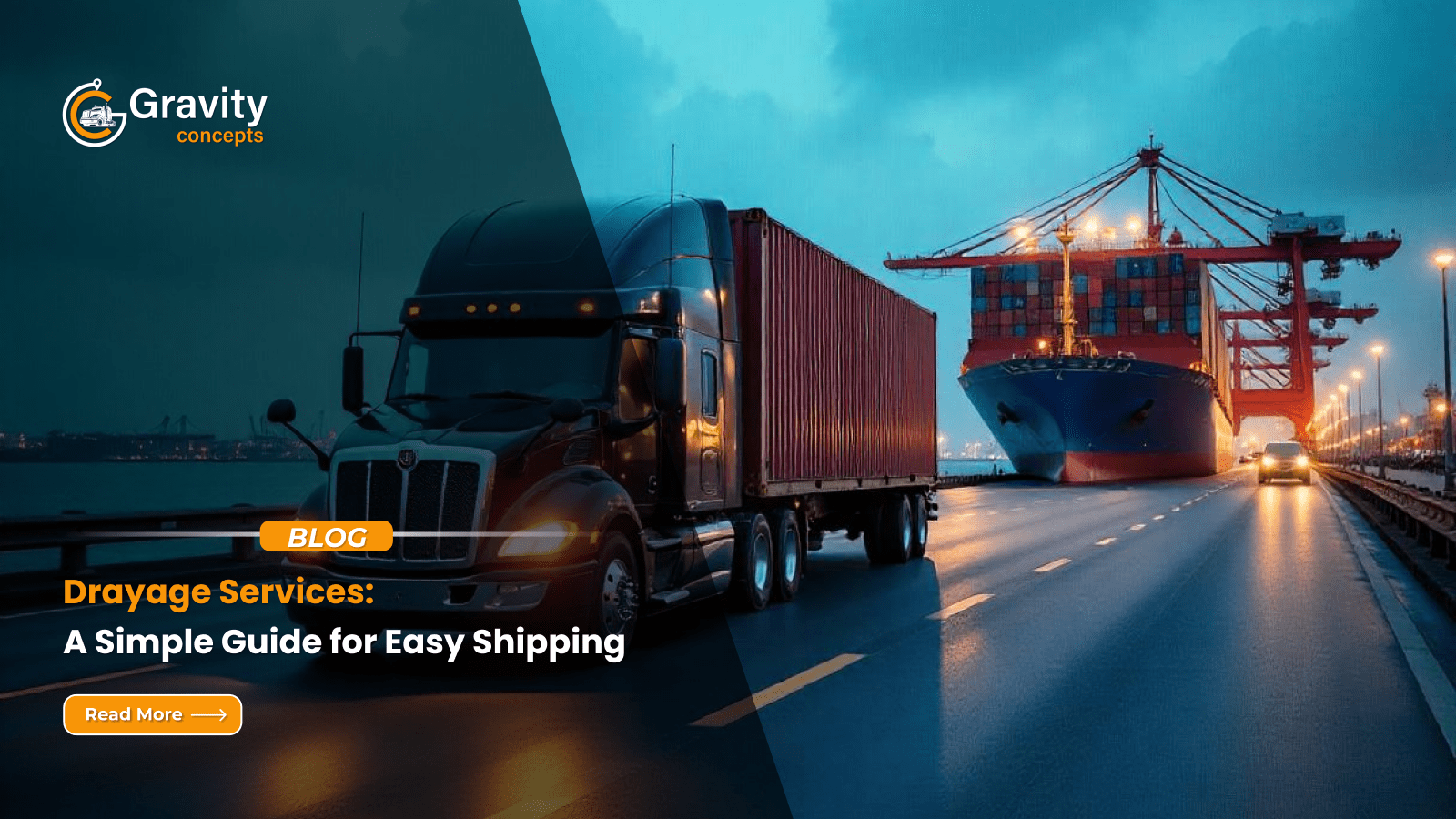
Drayage Services: A Simple Guide for Easy Shipping
Efficient shipping is the backbone of any successful supply chain. One crucial yet often overlooked part of logistics is drayage services. Whether you’re an importer, exporter, or retailer, drayage plays a key role in moving goods quickly and cost-effectively from ports to their next destination.
In this guide, we’ll break down drayage services in simple terms, explain how they work, and provide practical tips to ensure smooth and efficient shipping.
What Are Drayage Services?
Drayage refers to the short-distance transportation of freight, typically moving shipping containers from ports to warehouses, distribution centers, or rail terminals. It is a vital link between ocean freight and inland transportation, ensuring cargo reaches its final destination seamlessly.
Types of Drayage Services
Drayage services come in different forms, depending on the specific needs of a shipment:
- Port Drayage: Moves containers from ports to nearby locations for further transportation.
- Intermodal Drayage: Transfers cargo between different modes of transport, such as from a port to a rail terminal.
- Expedited Drayage: Provides faster transportation for urgent shipments.
- Door-to-Door Drayage: Ensures direct delivery from port to final destination.
How Drayage Works
Understanding the drayage process can help businesses plan better and avoid delays. Here’s a step-by-step breakdown of how drayage typically works:
- Cargo Arrival at Port: When a container arrives at the port, it is offloaded from the vessel and placed in a holding area.
- Container Pickup: A drayage trucking company retrieves the container from the port using specialized chassis equipment.
- Customs Clearance (If Required): Some shipments require customs processing before they can leave the port.
- Short-Distance Transport: The container is transported to a nearby warehouse, rail terminal, or final destination.
- Drop-Off and Return: Once the cargo is delivered, the empty container is returned to the port or assigned for reuse.
Key Benefits of Drayage Services
Drayage is essential for maintaining a smooth supply chain. Here are some key benefits:
1. Faster Transportation from Ports
Drayage services ensure goods move quickly from the port to their next destination, reducing bottlenecks and avoiding unnecessary delays.
2. Cost-Effective Freight Movement
Since drayage covers short distances, it is often more affordable than long-haul trucking, helping businesses save on transportation costs.
3. Avoids Port Storage Fees
Containers that sit at the port for too long can incur demurrage fees. Drayage helps avoid these extra charges by ensuring timely pickup and delivery.
4. Enhances Supply Chain Efficiency
By bridging the gap between ocean freight and inland transportation, drayage ensures a seamless flow of goods, minimizing disruptions.
Challenges in Drayage and How to Overcome Them
Like any logistics service, drayage comes with its challenges. Here’s how to handle common issues:
1. Port Congestion and Delays
- Work with drayage carriers who offer flexible pickup schedules.
- Use appointment-based systems to reduce waiting times.
- Plan shipments in advance, especially during peak seasons.
2. Chassis Shortages
- Partner with drayage providers that maintain their own chassis pools.
- Reserve chassis in advance to ensure availability.
- Return chassis promptly to free up equipment for future shipments.
3. High Drayage Costs
- Optimize route planning to reduce unnecessary mileage.
- Minimize container dwell time at ports to avoid extra fees.
- Work with a reliable logistics provider that offers competitive pricing.
4. Lack of Shipment Visibility
- Choose carriers that provide real-time tracking and updates.
- Use freight management software for better shipment monitoring.
- Maintain clear communication with your logistics partners.
Choosing the Right Drayage Provider
Selecting a dependable drayage trucking company is critical to ensuring smooth freight movement. Here’s what to look for:
- Experience and Reputation: Choose a provider with a proven track record in drayage services.
- Network and Coverage: Ensure they operate in your required locations and have access to reliable drayage carriers.
- Technology and Tracking: A good drayage provider should offer real-time shipment tracking and automated systems for efficiency.
- Cost Transparency: Look for providers that offer competitive rates with no hidden fees.
How to Get Started with Drayage Services
If you’re ready to use drayage for your shipments, follow these steps:
- Assess Your Needs: Determine whether you need port drayage, intermodal drayage, or another type of service.
- Find a Reliable Drayage Provider: Research and select a logistics company that meets your requirements.
- Request a Quote: Get a cost estimate based on your shipment details.
- Plan Your Shipments in Advance: Schedule pickups early to avoid delays and extra fees.
- Monitor Your Shipments: Use tracking tools to stay updated on cargo movement.
Conclusion
Drayage services are a crucial part of the supply chain, ensuring smooth transitions between different transportation modes. By understanding how drayage works, its benefits, and how to overcome common challenges, businesses can improve efficiency, reduce costs, and keep their cargo moving without delays.
Whether you’re a small business shipping a few containers or a large company managing high-volume freight, partnering with the right drayage provider will make your logistics operations easier and more reliable.



